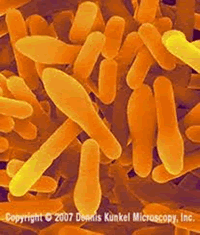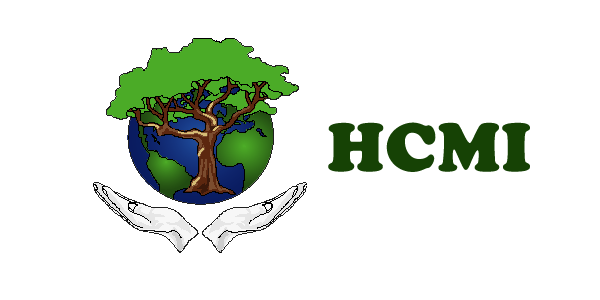Clostridium

The natural habitat for Clostridium species are soil, water and the gastrointestinal tract of animals and humans. The Clostridium genus includes common free-living bacteria as well as important pathogens. Some of the main species and how you might be exposed to them include:
- C. botulinum, an organism that produces botulinum toxin in food can cause botulism. Honey sometimes contains spores of Clostridium botulinum. The toxin eventually paralyzes the infant's breathing muscles. This same toxin is known as "Botox" and is used cosmetically to paralyze facial muscles to reduce the signs of aging. It also has numerous therapeutic uses.
- C. difficile can flourish when other bacteria in the stomach are killed during antibiotic therapy, leading to pseudomembranous colitis (a cause of antibiotic-associated diarrhea).
- C. perfringens cause a wide range of symptoms, from food poisoning to gas gangrene. It is responsible for enterotoxemia (also known as "overeating disease" or "pulpy kidney disease" even though it has nothing to do with overeating) in sheep and goats. C. perfringens also takes the place of yeast in the making of salt rising bread.
- C. tetani is the organism responsible for tetanus and lock jaw. The name is derived from "of a tension", referring to the tension (caused by tetanus) in the muscles.
- C. sordellii has been linked to the deaths of more than a dozen women after medical abortions.
- C. thermocellum can utilize lignocellulosic waste and generate ethanol, making it a possible candidate for use in the production of ethanol fuel.
- C. acetobutylicum is used to produce acetone and biobutanol for the production of gunpowder and TNT.
The toxic part of Clostridium is not the bacteria itself, but the toxins these bacteria produce. Seven types of neurotoxins have been identified in botulinum alone. Most of these toxins have been included in this remedy, so the need for this remedy may not always be for the bacteria itself, but for the toxins these bacteria produce. Many of these toxins are from commercial and industrial uses, so you may be exposed at a work place or from toxins released in the environment.
